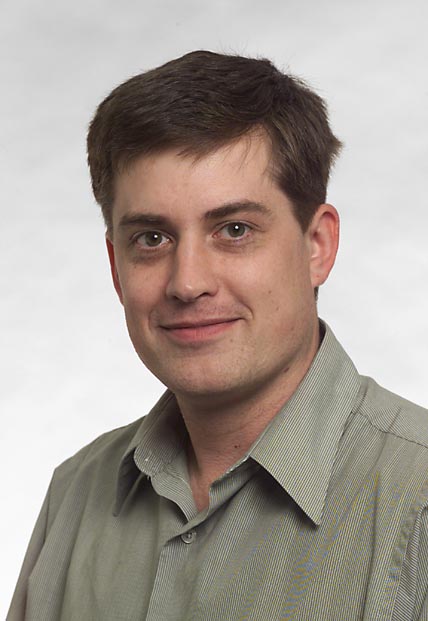The Cosmic Microwave Background:
Detection and Interpretation of the First Light

NASA Goddard Space Flight Center
Abstract
Abstract – A host of astrophysical observations suggest the early Universe was incredibly hot, dense, and homogeneous. A powerful and useful probe of this epoch is provided by the relic radiation, which we refer to today as the Cosmic Microwave Background (CMB). Precision maps of this light contain the earliest glimpse of the Universe after the “Big Bang” and signatures of the evolution of its contents. By exploiting these clues, constraints on the age, mass density, detailed composition, and geometry of the Universe can be made. A brief survey of the evolution of the radiometric and polarimetric imaging systems used in advancing our understanding of the early Universe will be reviewed. A survey of detector technologies, instrumentation techniques, and experimental challenges encountered in these efforts will be presented.
Sciences and Exploration Directorate
Observational Cosmology Laboratory
Building 34 / Room E346
Greenbelt, Maryland 21029
Short Bio
Dr. Edward Wollack received his Bachelor and Doctoral degrees in physics from the University of Minnesota (1987) and Princeton (1994). While at the National Radio Astronomy Observatory his research concentrated on the development of low-noise High-Electron-Mobility-Transistor (HEMT) amplifiers and components for ground based astronomy. In 1998, he joined the NASA Goddard Space Flight Center as a research astrophysicist for the Wilkinson Microwave Anisotropy Probe (WMAP) mission and he presently serves as the project scientist. In 2012 the WMAP science team received the Gruber Cosmology Prize for their precision determination of the age, content, and geometry of the Universe. Dr. Wollack’s research interests include cosmology, astrophysics, and background limited detector systems.